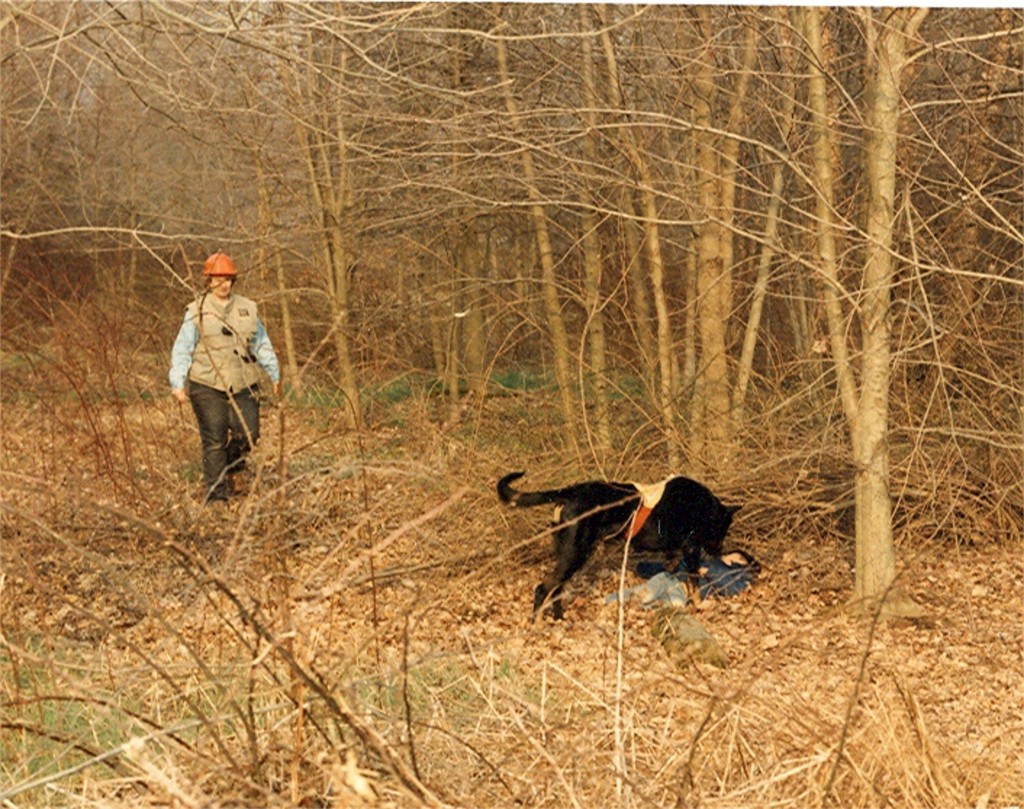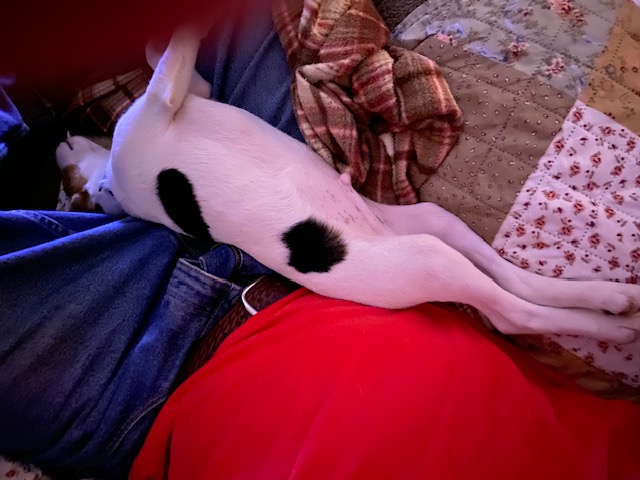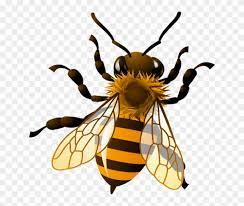by Guest Blogger Cindy Aldridge
Congratulations, you”ve got a new pet! But there’s one small problem, you’re starting a new business at the same time and have no choice but to bring him along with you in the beginning.
Certainly, this could prove to be immensely challenging if you don’t have a plan of action to help guide you on the right path. Today, A Blog by Susan Bulanda looks at some tips to help you juggle the roles of pet owner and owner without losing the reins of them both.
Choose the Best Structure for Your Business
This is one of the first things to consider when including your pet in your new business venture. It is important to decide what business you want to start. A limited liability company (LLC) is a great option for new business owners who are looking for a bit more
flexibility in the start-up phase. LLCs have other advantages as well, including tax benefits, less paperwork to file, and limited liability. Also, be sure what the different regulations are regarding filing an LLC, as these may differ from other states.
You’ll also need to plan a marketing campaign, too, notes i7 Marketing. Spreading the word via social media is a great way to start, but you should also invest in some old-fashioned approaches like business cards. And if you’re on a tight budget, you can use a business card design tool and take advantage of the free templates.
Upgrade Your Marketing Game
Even in the digital age, the value of tangible marketing tools like business cards remains significant. They are a physical extension of your brand and an essential part of your overall marketing strategy. Business cards offer a personal touch in a digital world, providing a direct and memorable way to share your contact information and reinforce your brand identity.
Design a Standout Logo
A logo is more than just a pretty image. Entrepreneurship in a Box points out that it is the cornerstone of your visual identity, and it should be designed with care and purpose. A well-designed logo can communicate your brand values and give customers a positive impression of your business. It can also help you to stand out from the competition and attract new customers. Investing in a professional logo is an essential part of any good marketing strategy, and it can pay off in a big way over time.
Create a Pet-Friendly Routine
Pets, more specifically dogs, tend to thrive on routine, especially when trained to follow through on a specific set of orders. So, if you intend to bring your pet with you to work daily, making small changes to accommodate your pet and familiarizing your pet with these changes could be the ice-breaker your pet needs to grow fond of his new home away from home. Also, you could consider buying them some new toys and treats to make them more comfortable.
Make Them Feel Welcome and at Home
One way to make your pet feel more at home in your new office is to make them feel as much at home as possible. Therefore, you should ideally bring along with you his favorite bed, toy, feeding, and water bowl so that he gets to know that this new space is his space, too. If you’re a tenant, consider looking for a place that offers more pet-friendly accommodations or amenities.
Some apartment complexes even offer dog washing stations and green areas specifically for pets. Keep an eye out for new potential places where you and your pet can be more comfortable.
Get Assistance
Perhaps your pet is a little rambunctious, and you envision needing assistance from professionals to help your pet get used to his new surroundings. For example, your pet may be a bit apprehensive around new people. Or perhaps, he requires a little more training on the potty-training side of things. Enrolling your pet in a pet training school could help your pet cope better with these issues. Be sure to only use a trainer who uses positive training techniques.
Improve Your Skills
Balancing the demands of running a business and caring for a pet can be challenging, but pursuing a cybersecurity degree online can be a strategic move to help your business grow while managing these responsibilities. With a cybersecurity degree, you’ll gain valuable knowledge in protecting your business’s computers and network systems, a crucial aspect in 0today’s digital world.
The convenience of online learning means you can acquire this vital skill set without having to sacrifice time spent on your business or neglect the needs of your pet. All-online classes offer the flexibility to learn at your own pace and schedule, allowing you to be present at home for your pet. This approach not only ensures your business is fortified against digital threats but also provides the peace of mind that comes with being able to take care of your pet’s needs throughout the day.
Make Use of Pet-Friendly Gadgets
Suppose you need something to keep your pet busy while you get to work on building your business from the ground up. There are plenty of pet-friendly gadgets that can help you keep an eye on your pet while you’re busy working, and you can even interact with them when you have a free moment in your busy day. Before investing in any new pet gadgets, be sure to seek out products that have been reviewed by veterinary professionals first.
Make Some Time for Them in Your Day
You’re probably going to feel pulled in every direction when starting your new business (at least in the beginning). And this probably won’t leave much time for downtime. But it is vital that you make time for your pet every day, and taking them for a walk around the block is sure to make their day, as well as get them more acquainted with their new role as your office companion at work.
Find the Right Balance for You and Your Pet
Taking your pet along with you on your new business venture is sure to be an enlightening experience as you bond with your pet on a whole other level. But as stressful as it might be in the beginning, working with formation services and getting your rambunctious pet some training can make things easier. It’s also sure to be comforting as you get the privilege of having your pet by your side through all the ups and downs of your new journey.
Susan Bulanda is the author of nine books including Faithful Friends: The Never-Before-Told Stories of Pets during the Holocaust which won the prestigious Maxwell Award by the Dog Writers Association of America for being first in its category (2013) and numerous additional awards. Visit her online today! http://www.sbulanda.com










